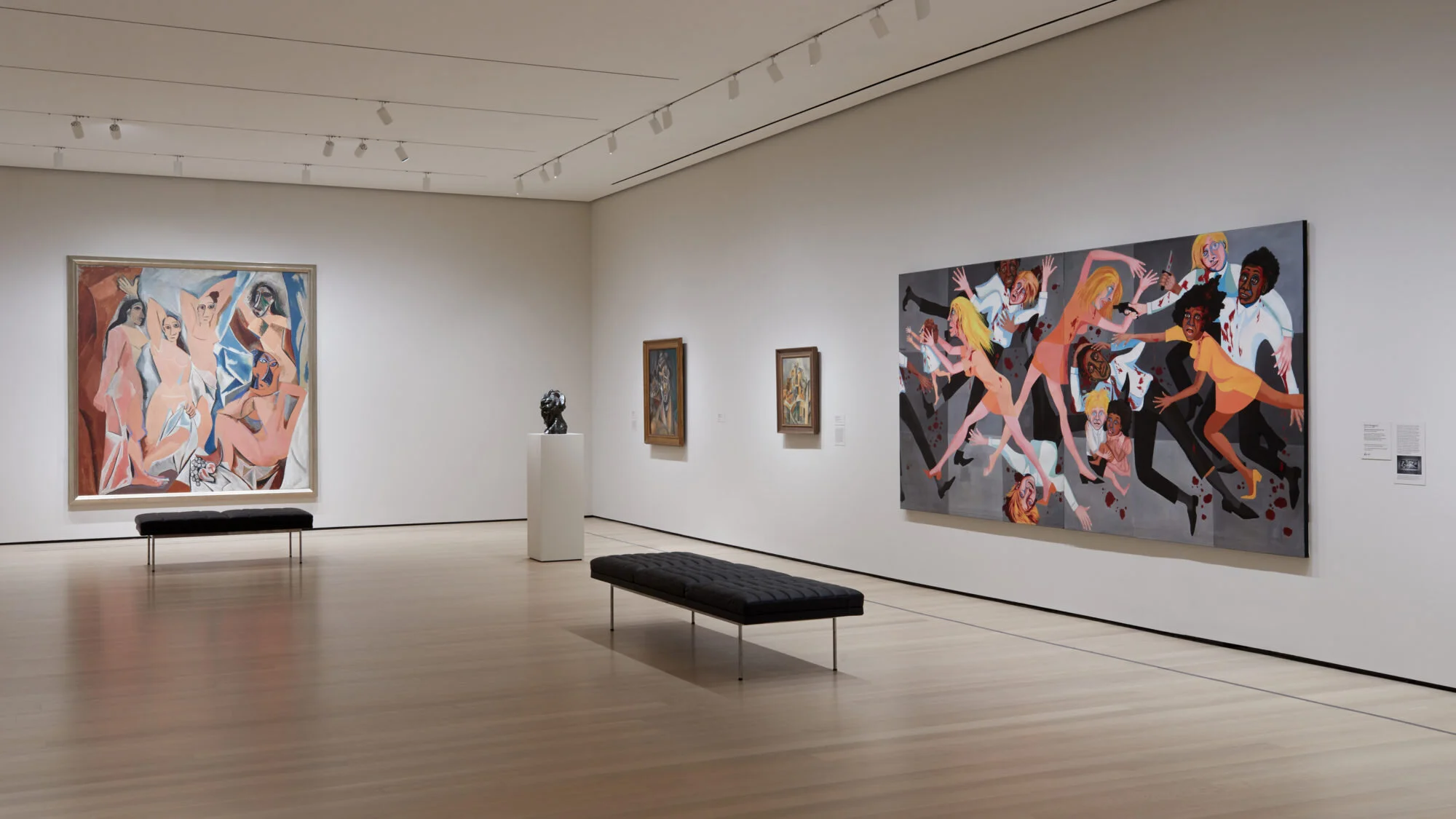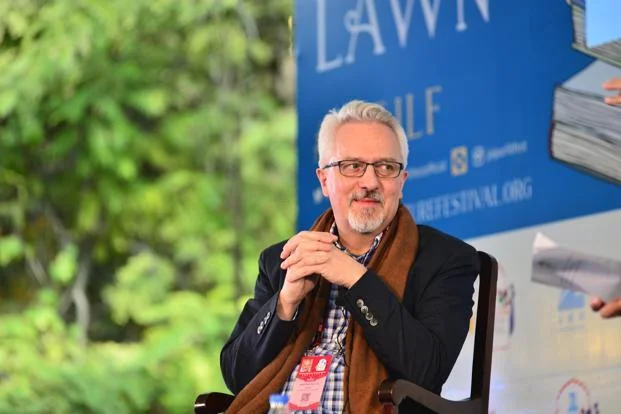The British novelist talks about his new novel, Red Pill, and why writing this intense story of privacy, surveillance and paranoia was therapeutic
Read MoreWith a curation that encourages detours, digressions and complete immersion, can the recently-reopened Museum of Modern Art in New York be a blueprint for others?
Read MoreMeet Lush Monsoon, a drag queen, who in her day job is Ayushman, a 27-year-old housing rights lawyer in Delhi
Read MoreThe Duke University linguistics professor talks about her new book, and the power of language in determining inclusion.
Read MoreBooker-winner Alan Hollighurst recommends the novels of Ronald Firbank and Edmund White, and thinks out loud about the likely intersectionality of minority causes in Donald Trump’s America
Read MoreMan Booker Prize International 2015 winner Deborah Smith on how she chose to be a translator six years ago, and whether she could ever write her own novel
Read MoreJeff Kinney, the author of the hugely popular children’s book series ‘Diary Of A Wimpy Kid’, on why his stories would fall flat without the artwork in the books, and how being an international bestseller has influenced his writing
Read More








